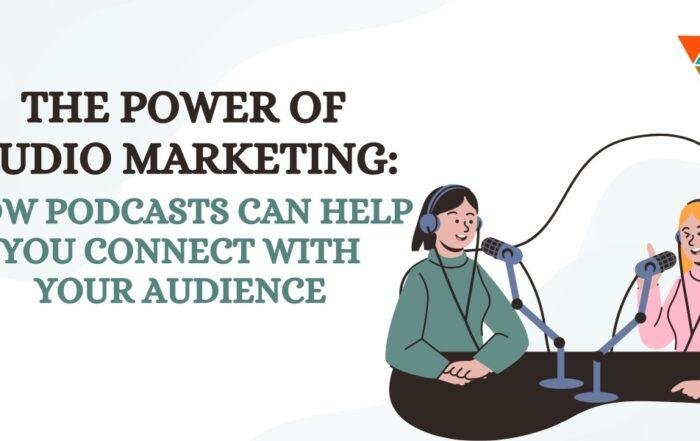Artificial intelligence vs. Human intelligence
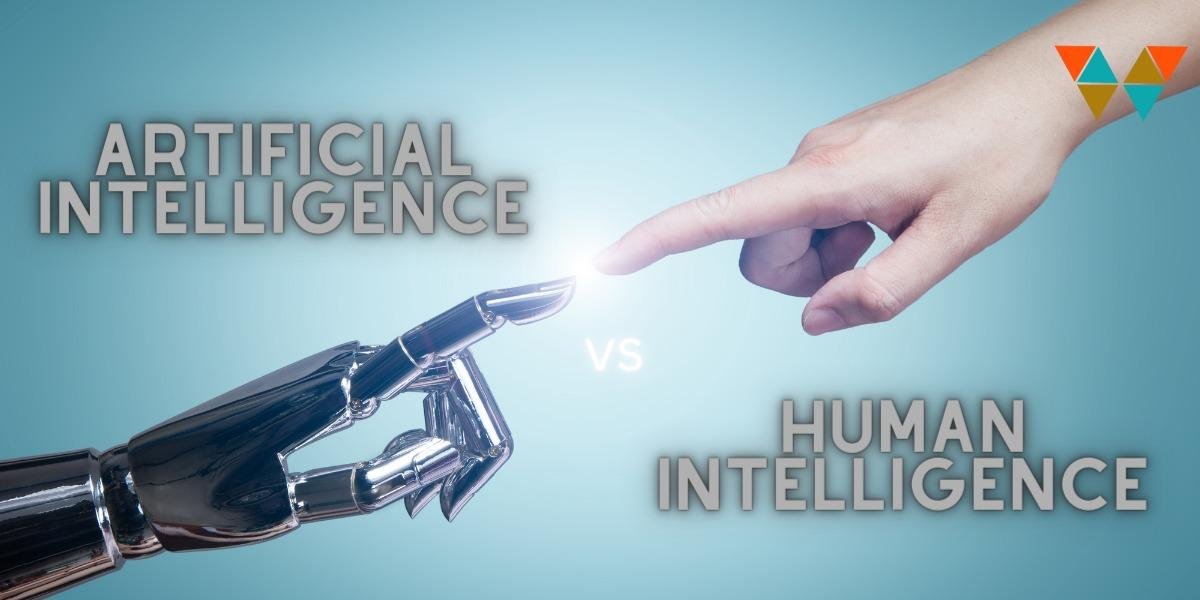
Are machines capable of achieving the level of intelligence that humans possess? This question lies at the heart of the ongoing debate between artificial intelligence (AI) vs. human intelligence. In an era where AI technologies are advancing rapidly, it is essential to explore the key distinctions and similarities between these two forms of intelligence. In this blog, we will delve into the differences between human intelligence and artificial intelligence, examine real-life examples that highlight these distinctions, and explore the connection between AI and human brain activities. Let’s embark on a journey to unravel the fascinating world of artificial intelligence versus human intelligence.
Differences Between Human Intelligence and Artificial Intelligence
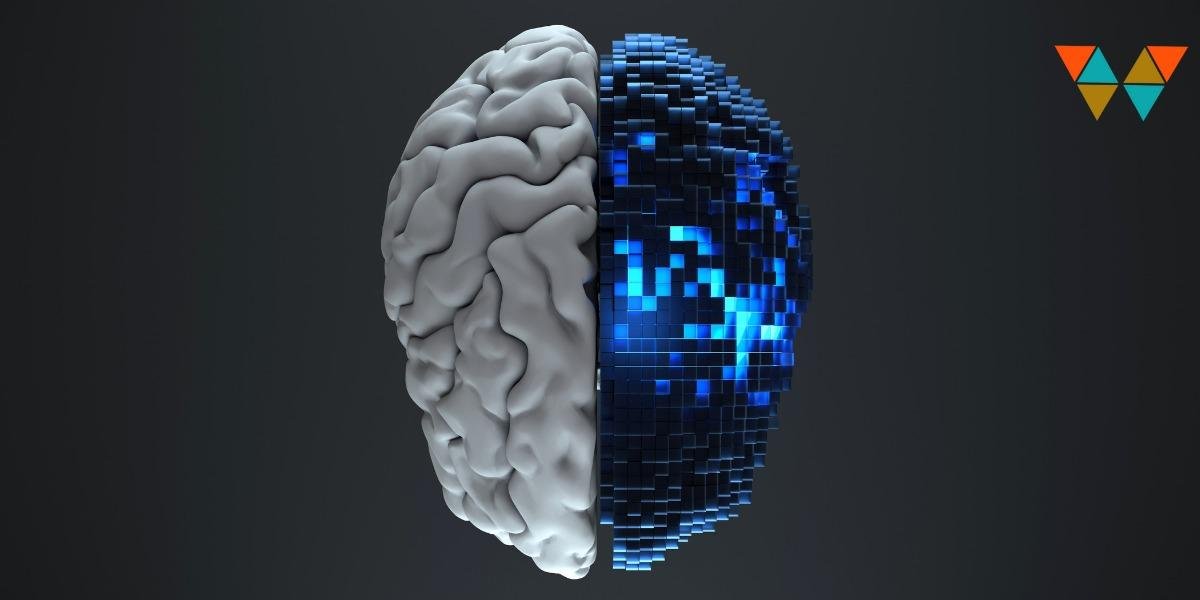
1. Cognitive Abilities: Human intelligence encompasses complex cognitive processes such as reasoning, problem-solving, and creativity. In contrast, artificial intelligence relies on algorithms and computational power to simulate these cognitive abilities.
2. Learning and Adaptability: Humans possess the remarkable ability to learn from experiences, adapt to new situations, and acquire knowledge over time. AI systems, on the other hand, learn through training data and algorithms, with limited adaptability beyond their programmed capabilities.
3. Emotional Intelligence: One of the defining aspects of human intelligence is emotional intelligence, the ability to perceive, understand, and manage emotions. AI lacks the inherent emotional understanding and empathy that humans possess.
4. Consciousness and Self-Awareness: Humans have self-awareness and a conscious understanding of their existence. AI, at present, lacks consciousness and self-awareness, operating solely based on predefined rules and patterns.
Real-Life Examples
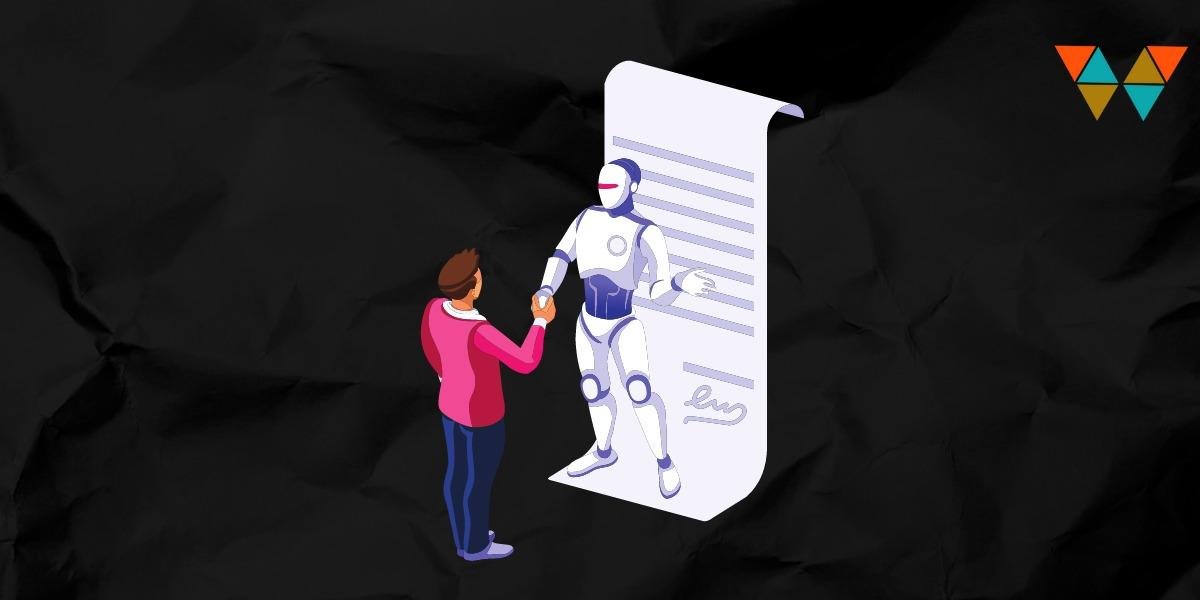
To better understand the distinction between human and artificial intelligence, let’s explore a few examples:
1. Creative Expression: While AI can generate impressive artwork, it lacks the depth of creativity and emotional connection that human artists bring to their craft. Human artists infuse their work with unique perspectives, emotions, and experiences.
2. Language Understanding: AI-powered language models like ChatGPT can generate coherent and contextually relevant text, but they often lack the deeper comprehension and nuanced interpretation that human language users possess.
Connection Between Artificial Intelligence and Human Intelligence
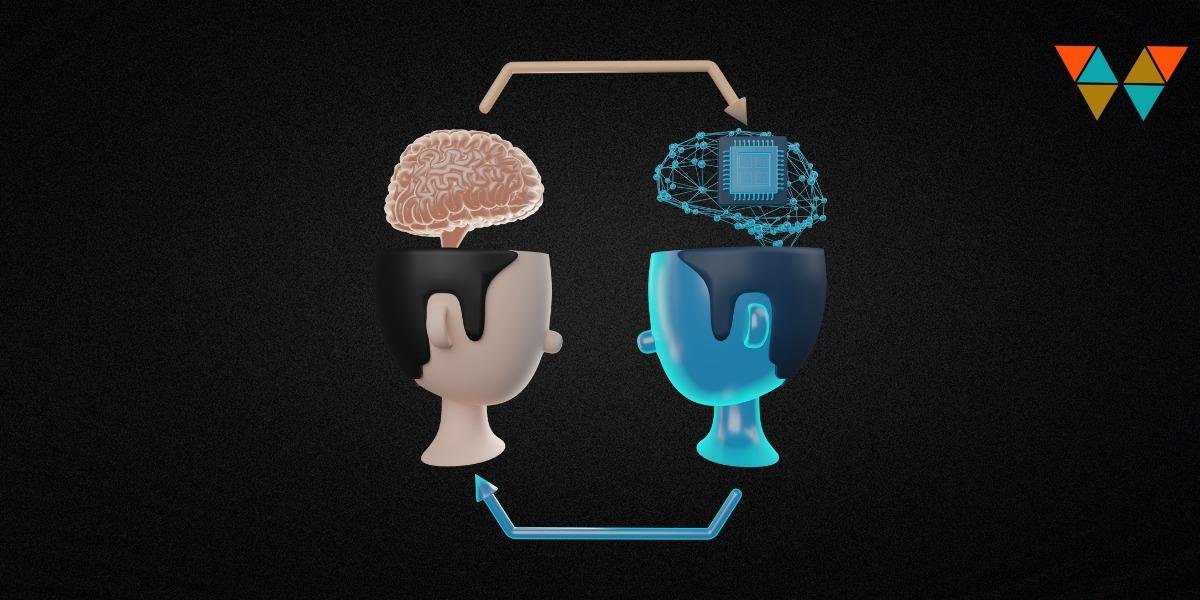
Despite the disparities, artificial intelligence draws inspiration from the workings of the human brain. Neural networks, a key component of AI, mimic the interconnectedness of neurons in the brain. Researchers study brain activities to develop more efficient AI algorithms and explore the potential for merging human and artificial intelligence in the future.
Conclusion

In the ongoing debate of artificial intelligence vs. human intelligence, both have unique strengths and limitations. Human intelligence encompasses emotional depth, consciousness, and adaptability, while AI offers computational power, scalability, and efficiency. As AI technologies continue to advance, it is crucial to leverage the strengths of both human and artificial intelligence to drive innovation and solve complex problems. WitArist – IT Services stands at the forefront of this intersection, harnessing the power of AI to deliver cutting-edge solutions that enhance human capabilities and drive business growth. Contact us today to explore how our AI-driven services can propel your organization forward.
WitArist – IT Services offers state-of-the-art AI solutions tailored to meet your business needs. From advanced data analytics to intelligent automation, our expertise in artificial intelligence can unlock new possibilities and drive your success. Contact us now for a free consultation and take the next step towards embracing the future of AI.
